Canada is often seen as a quiet global player, but its policy leadership and social innovation speak volumes. From championing peacekeeping and legal equality to pioneering multiculturalism and responsible resource management, Canada has repeatedly set examples that other nations later follow. Here are 21 times Canada set the standard the world now follows.
Canada’s Role in Creating Peacekeeping
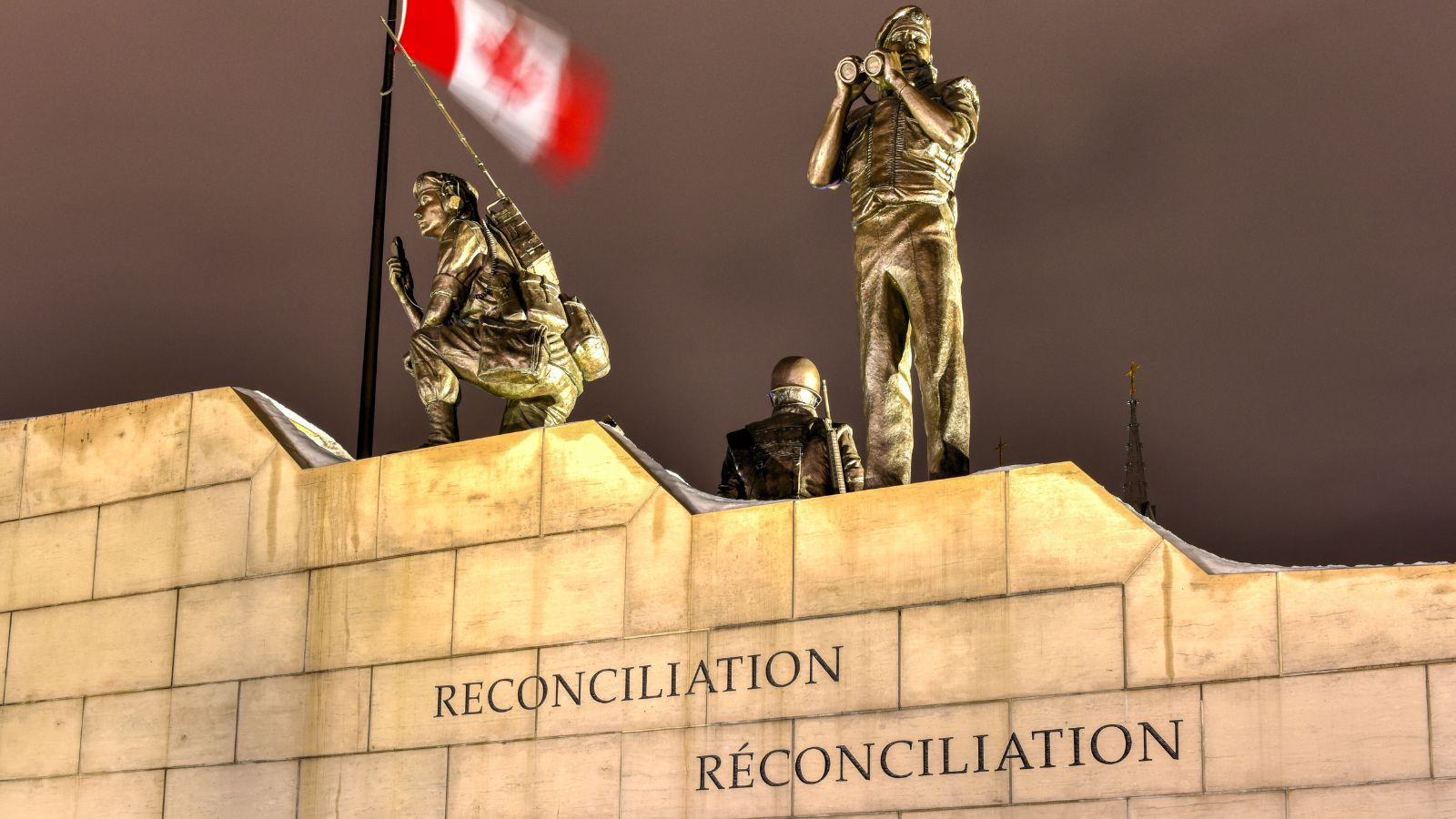
Canada played a foundational role in modern peacekeeping during the 1956 Suez Crisis. Then-Foreign Minister Lester B. Pearson proposed the creation of a United Nations peacekeeping force to resolve the conflict, a move that earned him the Nobel Peace Prize in 1957. This diplomatic effort established peacekeeping as a central tool in international conflict resolution. Canada has since contributed to over 40 UN peacekeeping missions. The country’s early leadership in advocating for multilateral solutions became a global standard, influencing how nations approach military intervention, diplomacy, and humanitarian protection in complex international situations.
Legalizing Same-Sex Marriage Ahead of Most Nations

Canada became the first country outside Europe and the fourth in the world to legalize same-sex marriage nationwide in 2005. The passage of the Civil Marriage Act guaranteed marriage rights regardless of gender or sexual orientation. At the time, most countries had not yet recognized such unions, making Canada’s move both progressive and globally influential. This decision positioned Canada as a leader in human rights and equality. It also played a role in encouraging public and legal discourse in several other nations that considered similar legislation in the years that followed.
Public Healthcare as a National Right

Canada introduced universal public healthcare with the Medical Care Act in 1966, following Saskatchewan’s provincial model, which was established in 1962. Funded publicly and delivered provincially, the system ensures that all residents have access to essential medical services without direct charges at the point of care. Unlike many high-income countries, Canada does not require private insurance for core health services. This model has been cited by organizations such as the WHO as a benchmark for equitable healthcare access. Canada’s publicly funded healthcare system remains a global example for countries seeking to reduce barriers to basic health services.
Banning Single-Use Plastics Before Global Mandates

In 2022, Canada implemented a nationwide ban on certain single-use plastics, including plastic bags, cutlery, and straws. The policy aimed to eliminate over 1.3 million tonnes of plastic waste by 2030. While many countries were still developing frameworks, Canada moved ahead with enforceable regulations. The ban aligned with the federal goal of zero plastic waste and followed an evidence-based review of pollution sources. This decisive move placed Canada ahead of most G20 countries in environmental regulation and set a framework that influenced similar policies in the European Union and several Asian nations.
Leading the Global Climate Carbon Pricing Policy

Canada introduced a federal carbon pricing system in 2019 under the Greenhouse Gas Pollution Pricing Act. This approach applied a carbon levy across provinces without their compliance systems. The policy set a national minimum price on carbon emissions, starting at CA$20 per tonne and rising annually. By 2030, the price is scheduled to reach CA$170 per tonne. This framework is designed to reduce greenhouse gas emissions while returning revenues directly to households. The OECD and the IMF have recognized Canada’s approach as one of the most comprehensive national carbon pricing strategies in place.
Promoting Multiculturalism as Official Policy
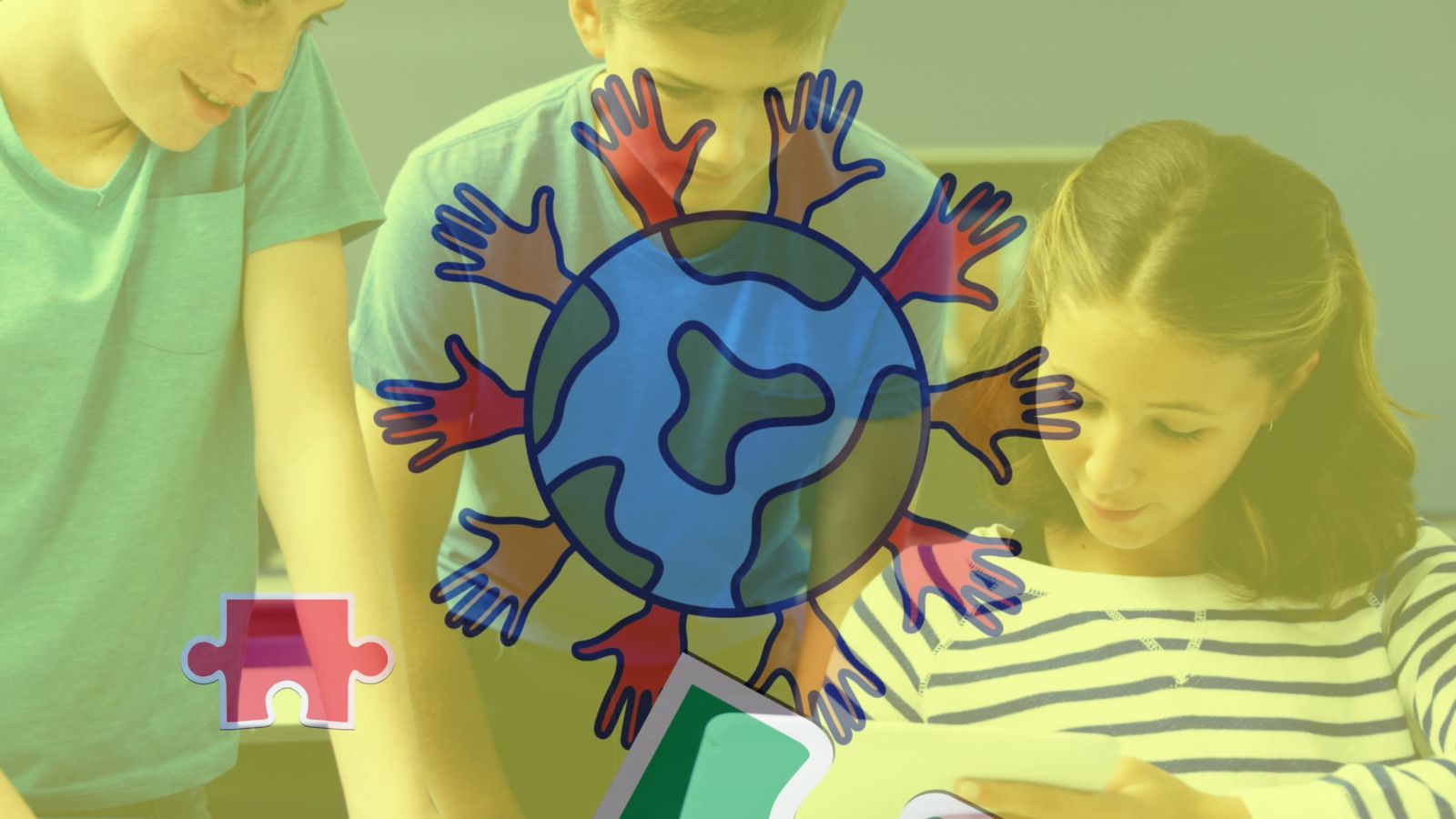
Canada was the first country in the world to adopt multiculturalism as an official policy in 1971. This commitment was reinforced through the Canadian Multiculturalism Act of 1988, which guarantees the rights of all citizens to preserve their cultural heritage. Unlike countries that emphasized assimilation, Canada promoted inclusion through language rights, equal opportunity, and representation. The policy shaped Canadian identity and governance while influencing immigration systems globally. Nations such as Australia and the United Kingdom have since cited Canada’s multicultural framework when developing their own diversity and integration strategies.
Setting Banking Stability Standards During the 2008 Crisis

During the 2008 global financial crisis, Canada’s banking system remained stable while many others collapsed. Canadian banks were heavily regulated, well-capitalized, and avoided high-risk subprime mortgage exposure. The World Economic Forum has ranked Canada’s banking system as the soundest globally for several consecutive years, both during and after the crisis. Canada’s regulatory model, based on conservative lending practices and strict oversight, has been studied by other nations seeking to reform their financial governance. The country’s approach demonstrated that stability and profitability could coexist, influencing future banking regulations in both advanced and emerging economies.
Regulating AI and Tech Ethics Proactively

Canada has positioned itself as a global leader in ethical AI governance. In 2017, it became the first country to release a national AI strategy through the Pan-Canadian Artificial Intelligence Strategy. The government introduced the Directive on Automated Decision-Making to ensure transparency, fairness, and accountability in public-sector AI systems. Canadian research institutions have played a central role in global AI development, with a strong emphasis on human rights and responsible innovation. The country’s early adoption of ethical AI standards has influenced international efforts, including policy frameworks developed by the OECD and the European Commission.
Advancing Gender Parity in Government Cabinets

In 2015, Canada made headlines when Prime Minister Justin Trudeau appointed a gender-balanced federal cabinet with equal numbers of men and women. When asked why, he responded, “Because it’s 2015,” signaling a shift toward inclusive governance. This move positioned Canada among the few countries with full gender parity at the federal executive level. The cabinet included women in key roles such as justice, health, and trade. Canada’s action set an international precedent, encouraging other nations to examine gender representation in leadership and expand opportunities for women in political decision-making.
Creating the World’s First Multiculturalism Act

Canada passed the Canadian Multiculturalism Act in 1988, becoming the first country to enshrine multiculturalism in its laws at the federal level. This legislation guaranteed the right of individuals to preserve, share, and express their cultural heritage. It reinforced earlier policy commitments made in 1971 and defined multiculturalism as a core element of Canadian identity. The Act ensured federal institutions would reflect the country’s diverse population and support equal participation in society. Canada’s legal approach to diversity has become a global benchmark, influencing policy development in countries seeking inclusive governance frameworks.
Early Adoption of Cannabis Legalization

Canada became the second country in the world, after Uruguay, to fully legalize recreational cannabis nationwide in 2018. The Cannabis Act allowed regulated production, distribution, and sale of marijuana, while also implementing public health safeguards. This policy was based on extensive research and aimed to reduce illegal trade, protect youth, and ensure product safety. Unlike partial decriminalization models in other countries, Canada adopted a fully legalized and licensed system. Its comprehensive regulatory framework has since been studied by governments worldwide, including Germany and several US states, looking to legalize cannabis responsibly.
Setting the Bar in Indigenous Rights Recognition

Canada has taken strong steps toward acknowledging and advancing the rights of Indigenous communities. Through official apologies, national commissions, and policy reforms, the country has worked to address historical injustices and support Indigenous self-governance. Legal recognition of land rights, commitments to consultation, and integration of Indigenous perspectives in law and education reflect a broad effort toward reconciliation. Canada’s approach is considered a global reference point and has influenced similar initiatives in other countries that aim to strengthen their relationships with Indigenous populations.
Leadership in Refugee Resettlement
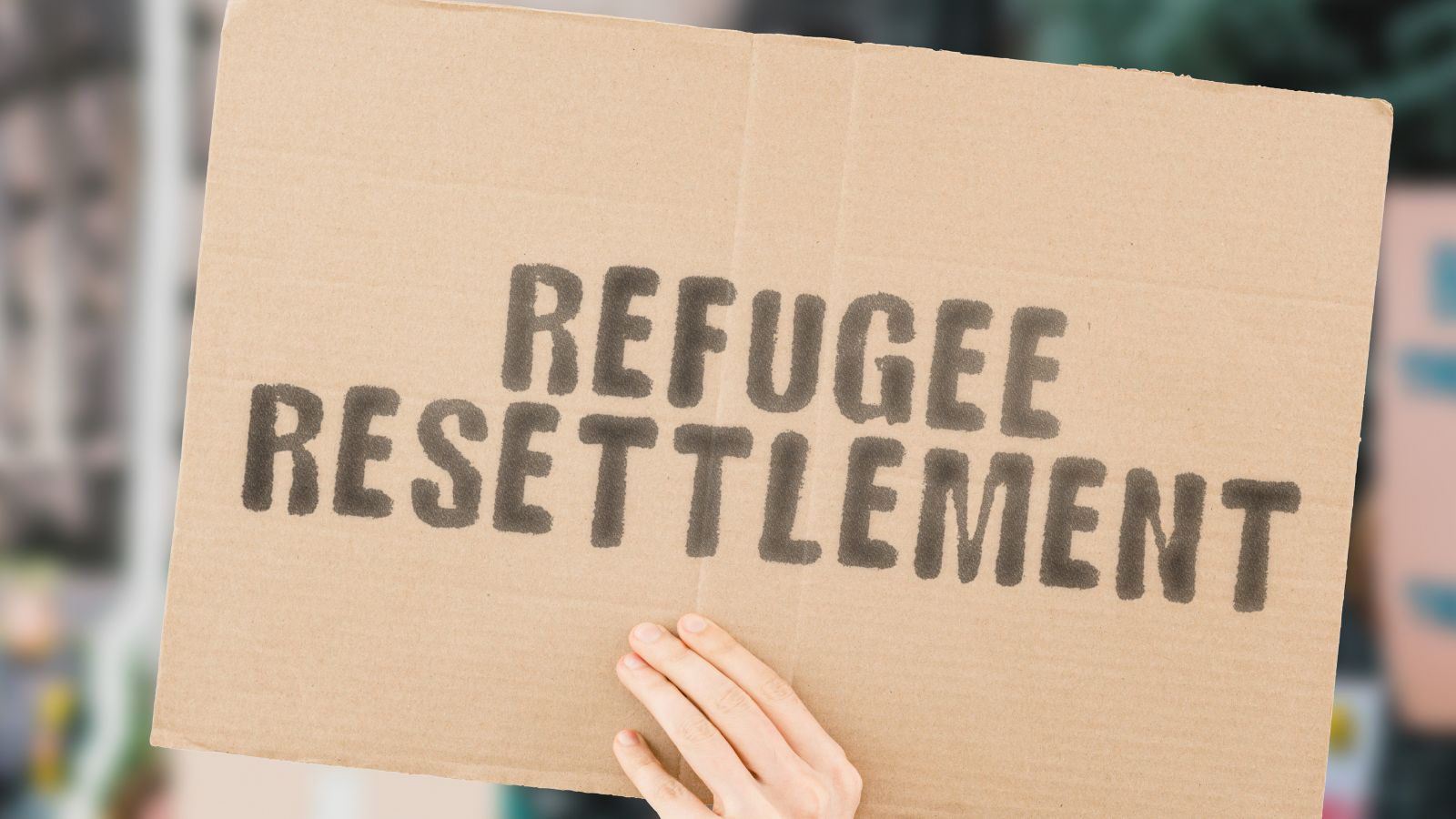
Canada is internationally recognized for its leadership in refugee resettlement. It follows a blended model that combines government support with private sponsorship from individuals and communities. This approach has made refugee integration more sustainable and community-driven. Canada regularly accepts refugees from conflict zones and has developed systems to support their resettlement, education, and employment. Its model has been adopted in part by several countries seeking to enhance humanitarian response mechanisms and establish long-term pathways for displaced individuals.
Supporting Ukraine with Long-Term Commitments

Canada continues to play a leading role in supporting Ukraine through military, diplomatic, and humanitarian efforts. Its contributions include non-combat assistance, defense support, and active participation in international coordination efforts. Canada has also imposed sanctions and supported displaced persons from the region. The country’s consistent backing of Ukraine’s sovereignty is viewed globally as a strong example of long-term allyship, driven by shared democratic values and strategic cooperation within international alliances.
Peacebuilding Diplomacy from the Pearson Era Onward
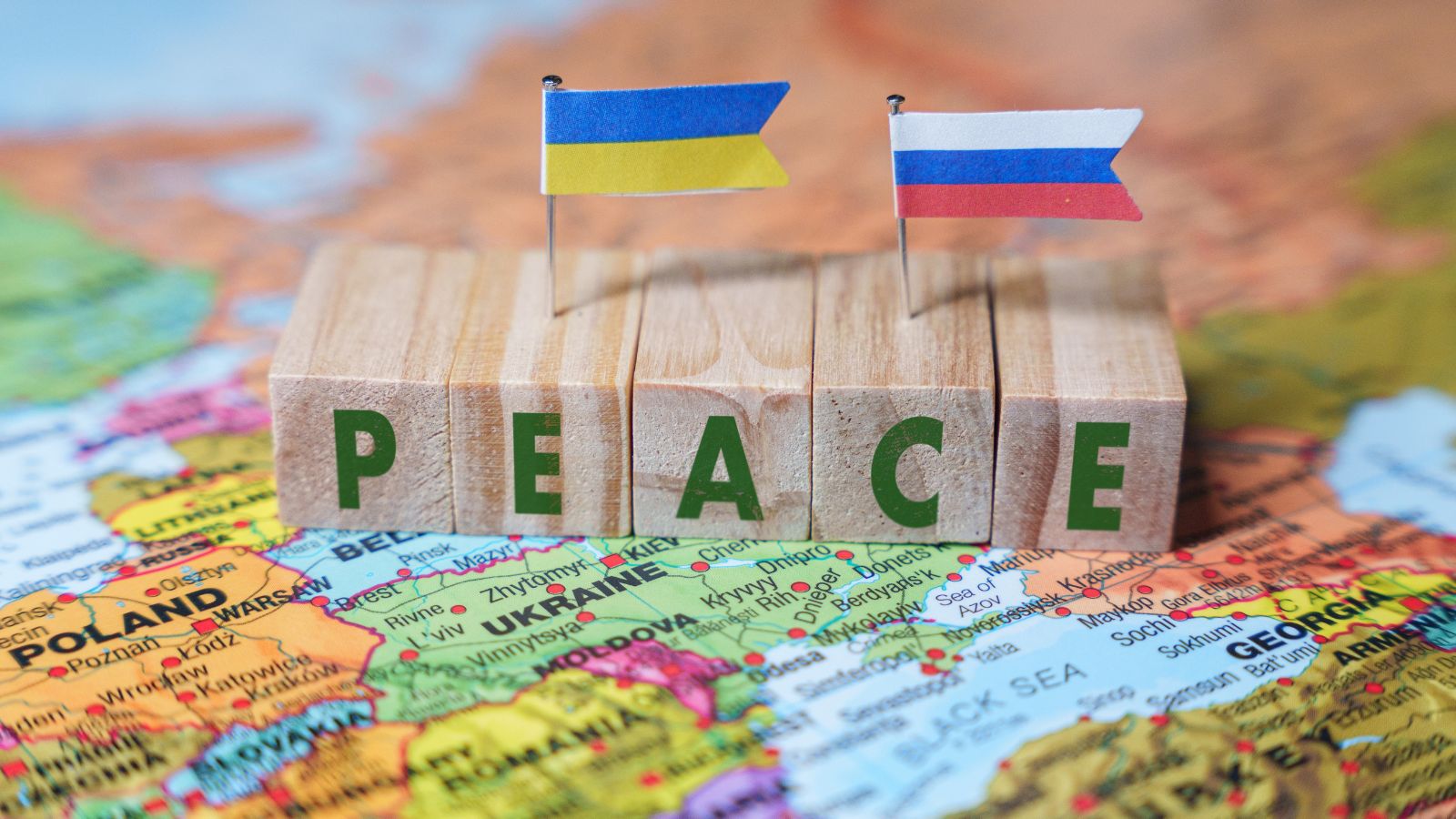
Canada is widely respected for its commitment to peaceful international engagement. The country’s diplomatic tradition emphasizes negotiation, multilateralism, and humanitarian cooperation. Over time, Canadian foreign policy has consistently prioritized conflict resolution through dialogue over military escalation. Canada actively participates in international forums, peacekeeping missions, and mediation efforts. This peace-oriented approach, rooted in longstanding diplomatic values, continues to influence global expectations around responsible state behavior.
Strong Fiscal Responsibility and Public Debt Control

Canada is recognized for its sound fiscal management practices and disciplined approach to public spending. The country prioritizes responsible budgeting by maintaining balanced fiscal frameworks and limiting unnecessary expenditures. Canadian governments regularly implement policies aimed at keeping debt levels manageable while funding essential services. This approach supports long-term economic stability and strengthens investor confidence. Canada’s fiscal strategy is often noted for its transparency and caution, making it a reference point for countries that aim to balance public investment with financial accountability.
High Transparency in Political Fundraising

Canada enforces clear rules to ensure transparency and fairness in political fundraising. Donation limits, disclosure requirements, and public reporting mechanisms are designed to prevent undue influence in the democratic process. Political parties and candidates must adhere to strict guidelines that prioritize accountability and openness. This system helps foster trust in electoral outcomes and reduces the risk of financial manipulation. Canada’s campaign finance framework is regarded as one of the most transparent among democratic nations and is regularly cited in international best practices for clean elections.
Canada’s Role in NATO and Global Defense Alliances
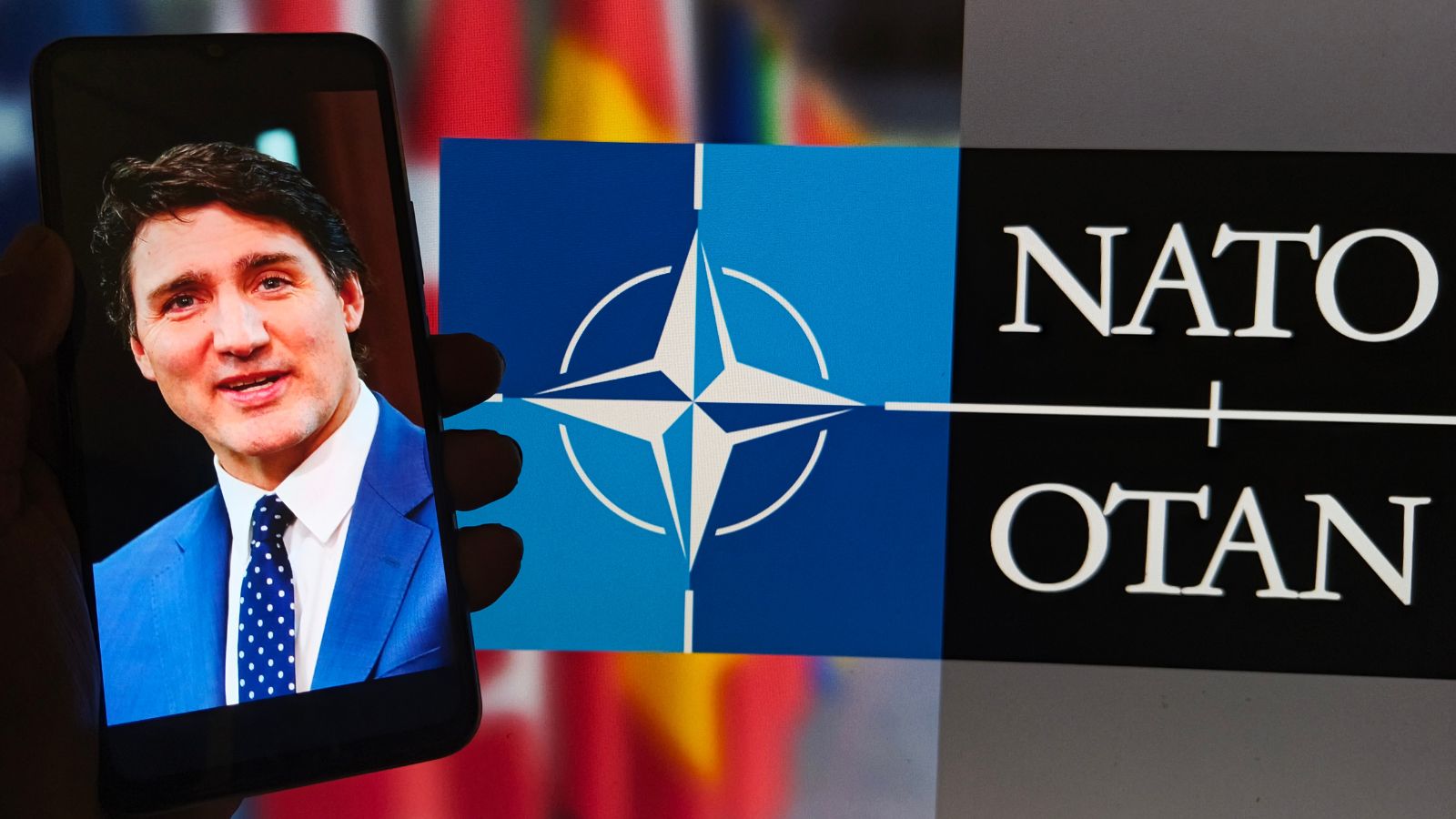
Canada plays an active role in international defense through its longstanding participation in global alliances and partnerships. As a member of NATO and other multilateral security frameworks, Canada contributes to collective defense, joint training missions, and strategic operations. Its defense policy emphasizes cooperation, peace support, and capacity-building rather than unilateral action. Canada’s balanced approach, combining firm commitments with diplomacy and development aid, is often viewed as a model for responsible participation in global security partnerships.
Environmental Policies on Arctic Protection

Canada has developed environmental policies focused on protecting its Arctic and northern ecosystems. These policies address issues such as habitat preservation, climate change impacts, and Indigenous stewardship. Canada emphasizes scientific research, international cooperation, and sustainable development to manage the fragile northern environment. The government works with Indigenous communities and environmental organizations to monitor biodiversity and reduce ecological risks.
Trade Diversification via CPTPP and Beyond
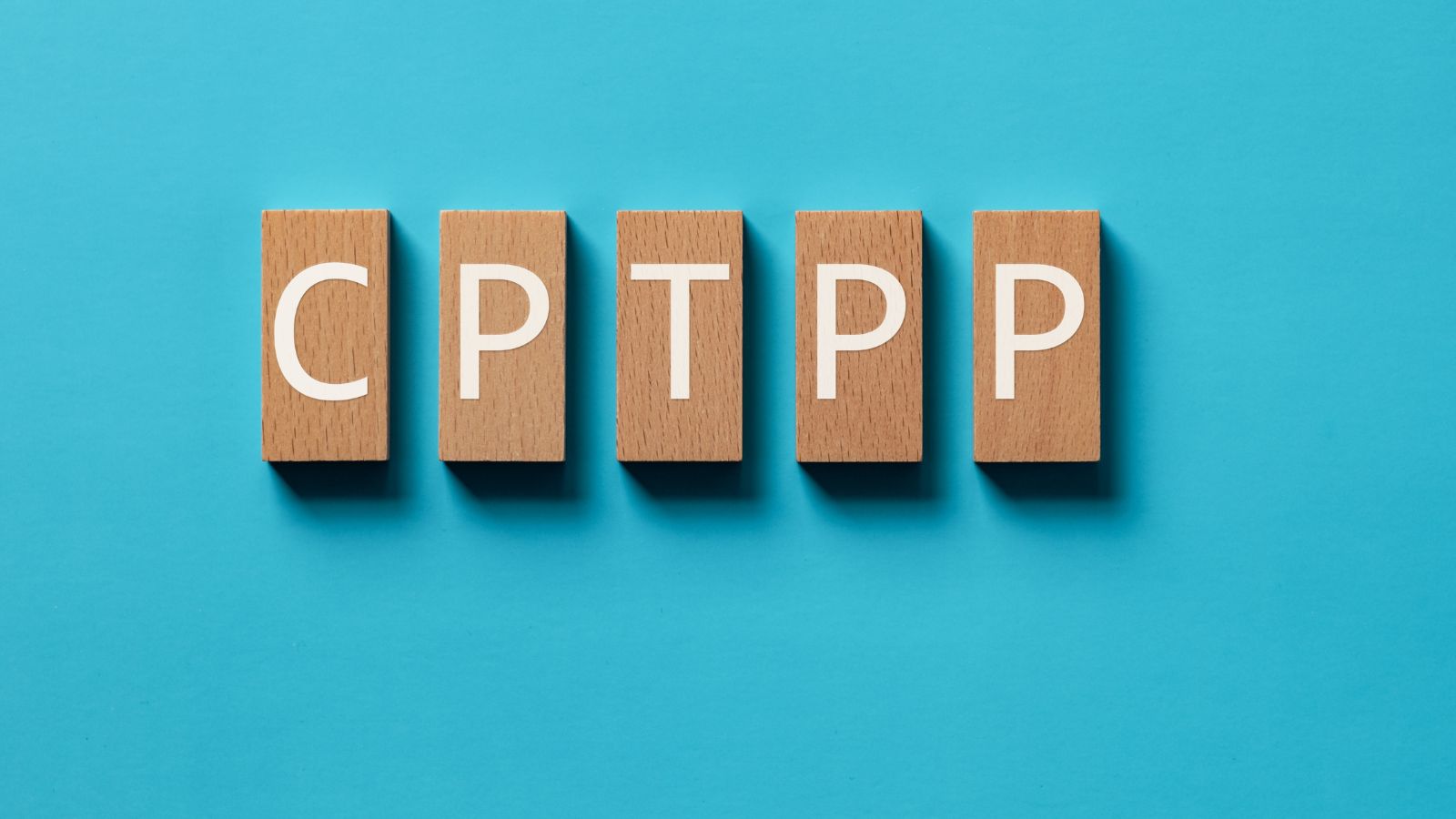
Canada has pursued an active trade diversification strategy by engaging in multiple international agreements beyond traditional markets. Its participation in agreements like the CPTPP has expanded access to growing economies in Asia and the Pacific. Canada’s trade policy supports open markets, sustainable development, and strong labor and environmental standards. By reducing dependence on a single trading partner, Canada strengthens its economic resilience. The country’s diversified trade network is recognized as a strategic model for economies seeking growth while managing global risk.
Leading the G7 in Immigration-Fueled Economic Growth
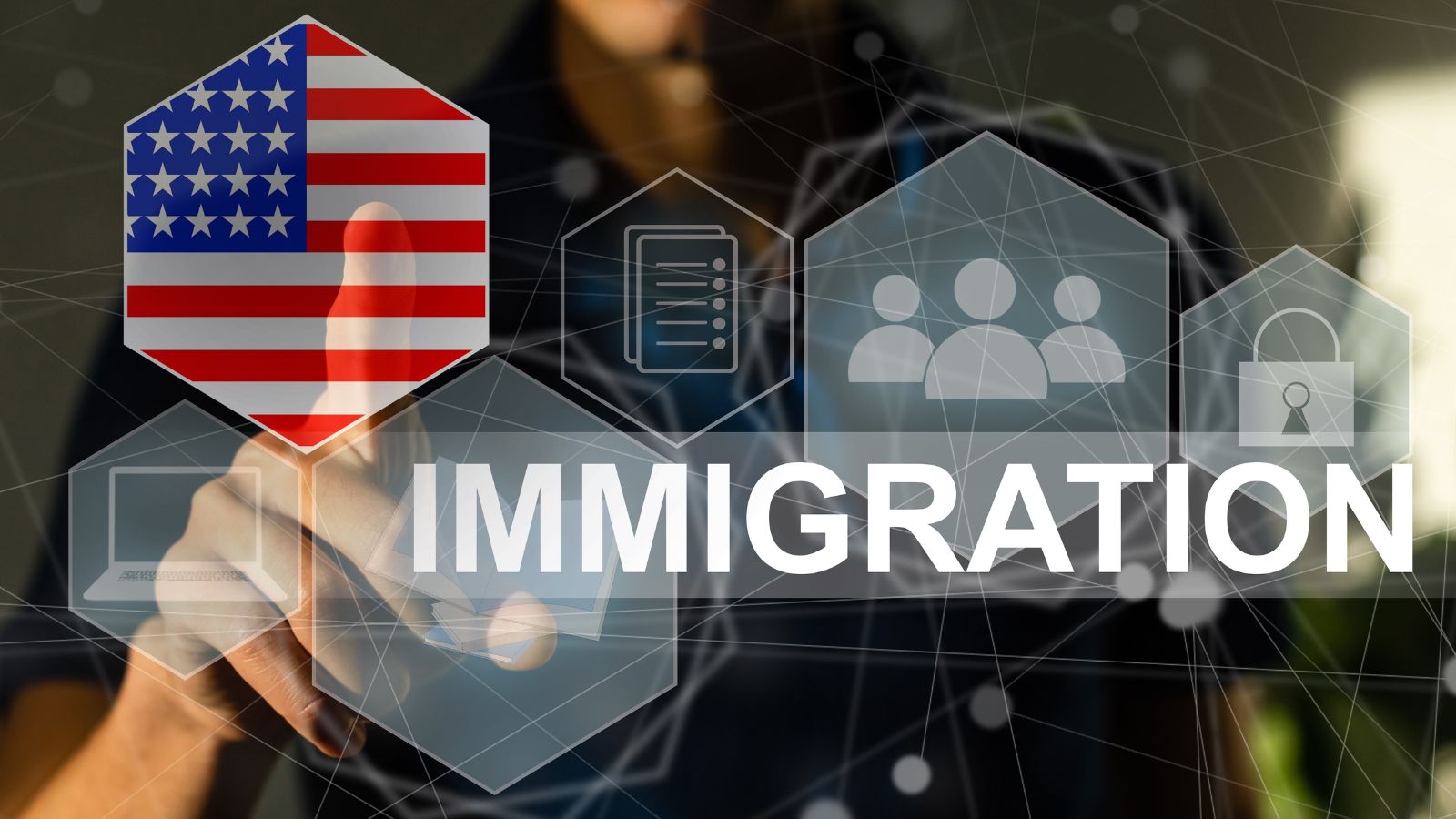
Canada has positioned immigration as a central driver of its economic and demographic growth. The country maintains a structured and merit-based immigration system designed to meet labor market needs and support long-term development. Immigrants make significant contributions to key sectors, including healthcare, technology, and infrastructure. Canada also offers robust pathways to permanent residency and citizenship, promoting integration and population stability. Among advanced economies, Canada’s immigration model is considered one of the most effective for combining social inclusion with economic strategy.
21 Products Canadians Should Stockpile Before Tariffs Hit

If trade tensions escalate between Canada and the U.S., everyday essentials can suddenly disappear or skyrocket in price. Products like pantry basics and tech must-haves that depend on are deeply tied to cross-border supply chains and are likely to face various kinds of disruptions
21 Products Canadians Should Stockpile Before Tariffs Hit
